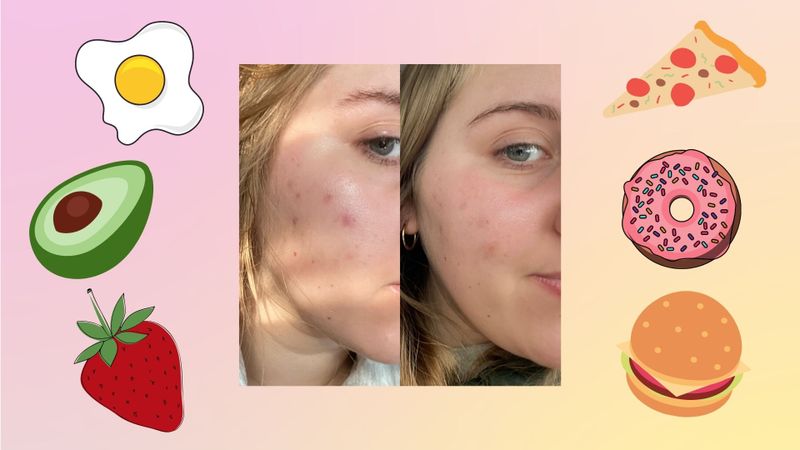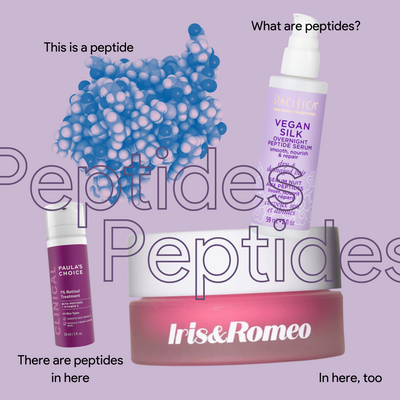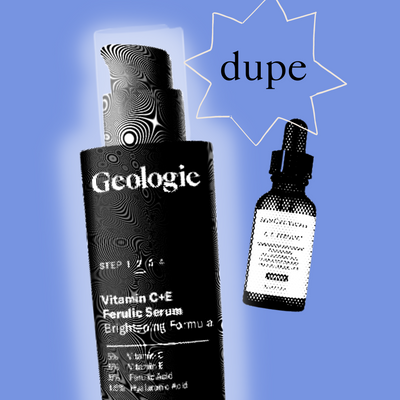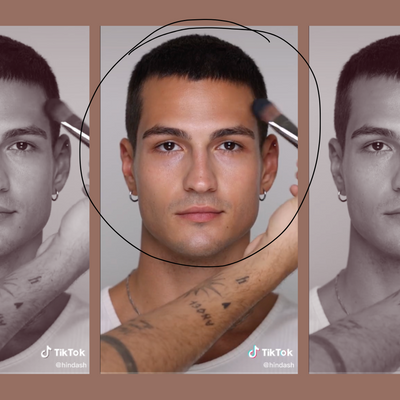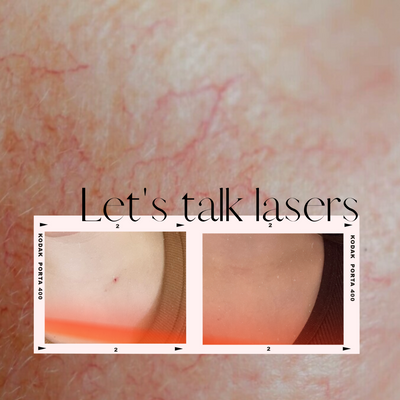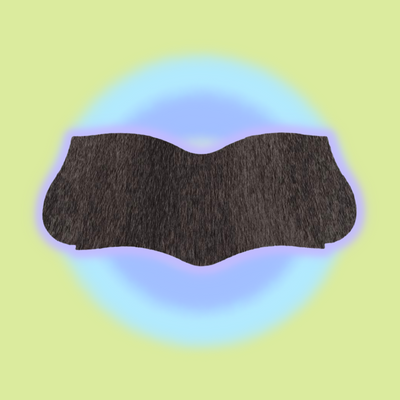I feel like I’ve tried everything when it comes to my cystic acne.
I now know stress is a trigger for my acne, but for years I chalked it up to hormones. When dissecting my college life and patterns, I was always seeking comfort in food when my insane student schedule had me down. Plus, what college event didn’t have free food begging to be smuggled back to your dorm room?
SEE ALSO: The 8 best gentle cleansers for cystic acne-prone skin
Food was a huge accomplice to the stress component. If you have acne, you know the first questions people who try to give you (unsolicited) advice ask: “Have you tried drinking more water?” or “how much dairy do you eat?” Those questions annoy me because I drink water like it’s my JOB, I’m loyal to oat milk, and while I love cheese boards, no way cheese alone was causing these massive cystic eruptions on my face.
None of it really made sense to me, and I completely ruled out the diet component. Inevitably, the longer I struggled with cystic acne, the more I learned about it. Not just my own situation, but others too.
Eventually, my topical prescriptions stopped working for me. I began to learn more about inflammation in the body and how it affects cystic acne. I decided to try a special diet – one that was more than just cutting out dairy.
Inflammation 101
We normally hear people talking about how bacteria, excess oil, and sebum are the cause of acne. While definitely true, inflammation in the skin is a source. All types of acne are rooted in inflammation, but especially cystic acne. That’s why cystic acne is so tough to control and often results in very large areas of the skin being raised and red, versus your average white head.
The swelling and redness that occurs with cystic acne do so because the pores are so deeply clogged and can’t come to the surface. They’re working hard to do so, which causes all the discomfort and irritation. Unfortunately, cystic acne isn’t the kind of acne that ‘pops.’ Rather, it must be treated with acne medications and often hot or cold compresses to bring the inflammation down.
Holistic health and nutrition coach Paola Atlason says, “Inflammation is a defense response when our bodies feel ‘attacked.’ If we break a bone, we actually want inflammation. The issue is when it becomes chronic due to imbalances within the body, triggered by an imbalanced lifestyle (nutrition, movement, rest, stress management).”
If dairy isn’t the problem, what is?
Don’t get me wrong, dairy IS a trigger for acne. However, cutting it out of your diet isn’t a cure-all. Food items like refined sugars or grains are just as bad if not worse, as they promote inflammation in our guts for long periods of time.
“Chronic inflammation clogs the system,” says Paola. “When present in the gut, it prevents proper nutrient absorption and elimination and affects the gut microbiome, ultimately showing up on our skin as acne, lack of tone, and dullness. By the time issues show up on our skin, it means there is a high level of disruption within.”
What foods are anti-inflammatory?
Paola says the simplest first step into beginning this diet is to increase your veggie and protein intake. You’ll want to reduce sugars in the form of sweets, starches, and grains. She says avoiding processed and packaged foods is a must and to be aware that alcohol is a very, very high inflammatory agent.
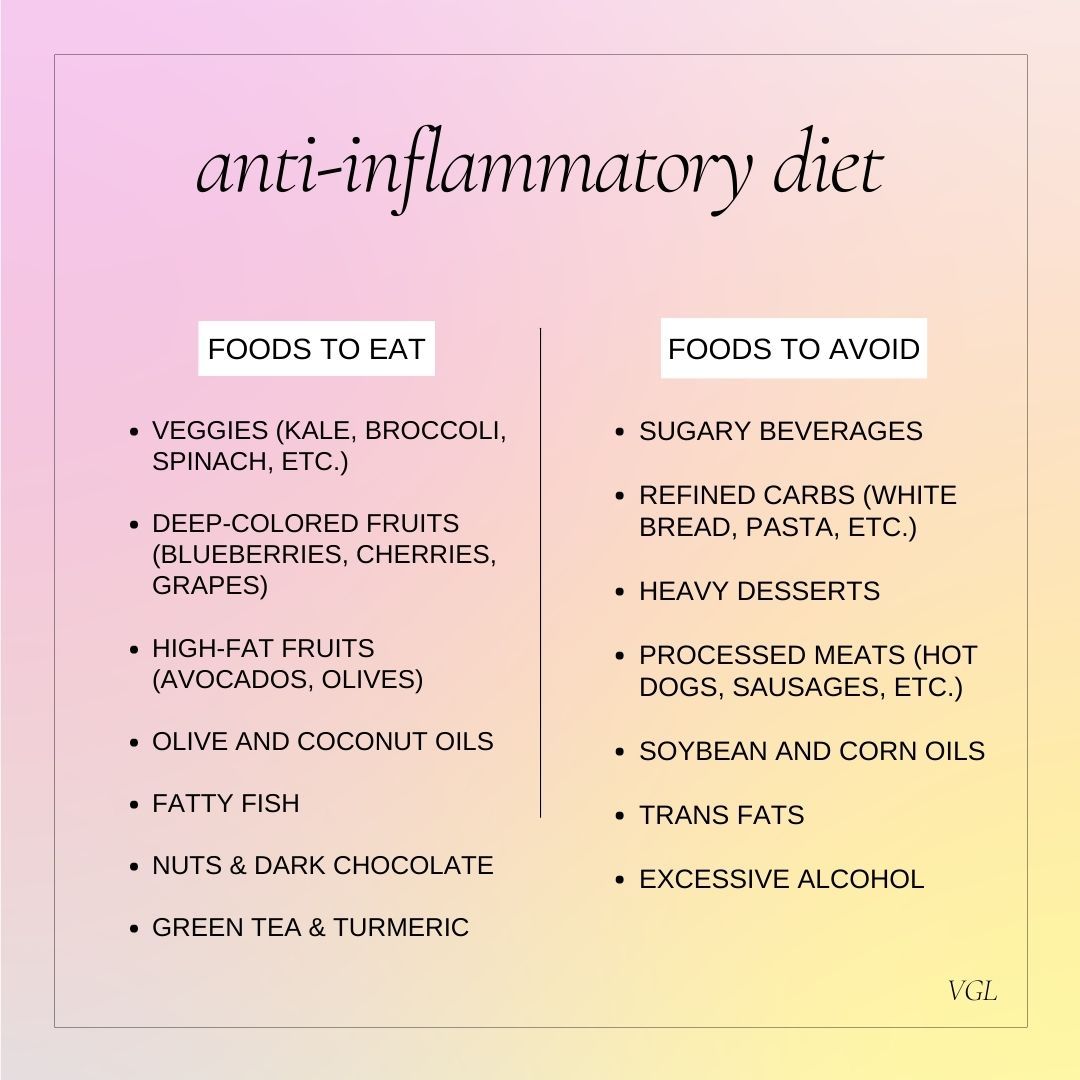
Listen to your body!
We know that gut and skin health are closely correlated, thus giving the silly saying, “You are what you eat,” some scientific proof. Probiotic supplements like this one from Rae can help the gut remain healthy by promoting healthy bacteria and aiding digestion. If your gut is happy and healthy, so is your skin’s microbiome!
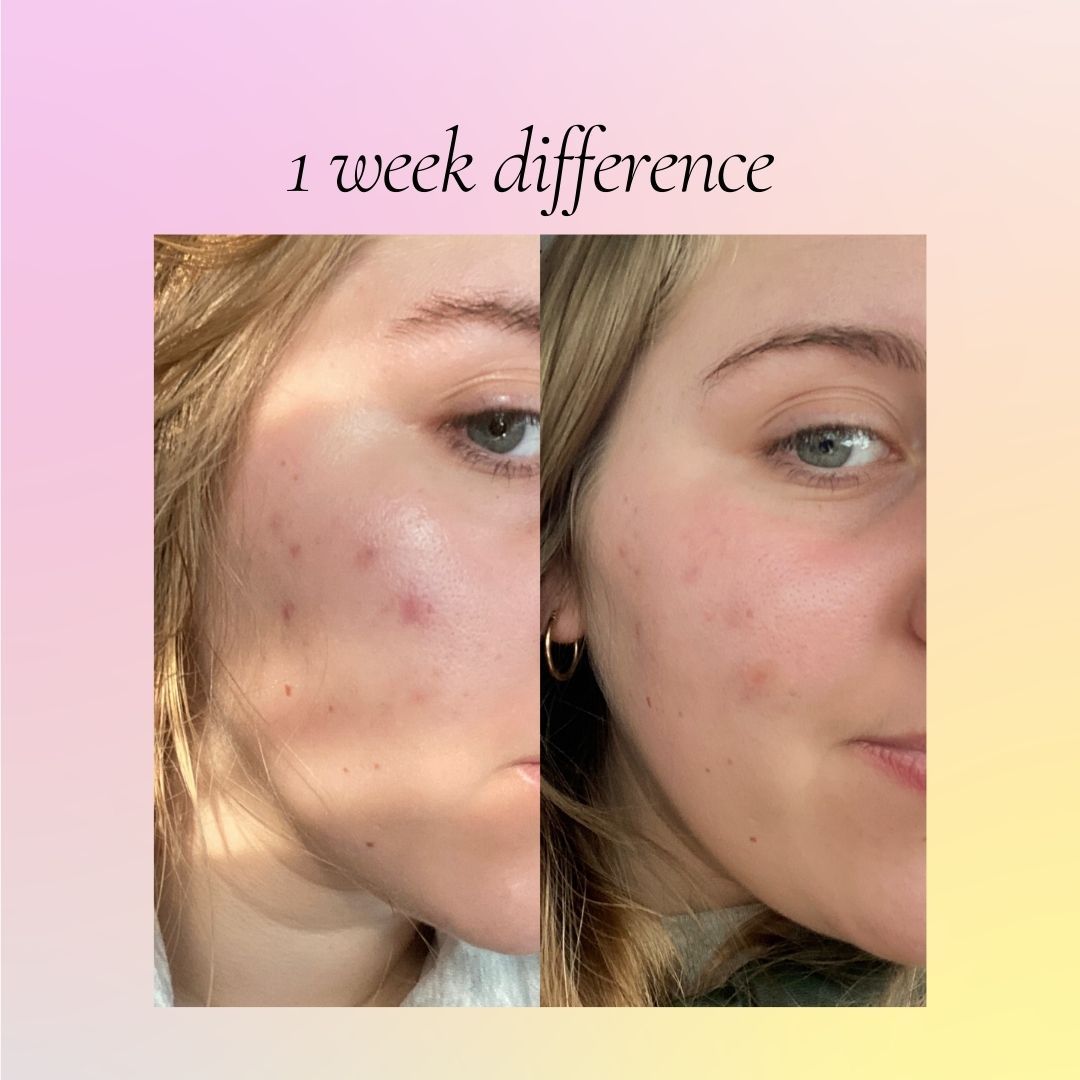
After I found out how good turmeric and green tea both were to aid in the anti-inflammatory process, I became obsessed with finding ways to put them into my routine. Linne Skin Tea, Apto Skincare Turmeric Mask, and the Bella Skin Beauty Turmeric Cleanser helped my skin out the most.
Becoming more intuitive when it comes to our bodies can take some time. Paola recommends “clearing the noise” first and foremost by reducing some of those inflammatory foods. From there she recommends creating a simple structure within your day when it comes to meals, plan to move at least 20 minutes (like a walk around your neighborhood), stay hydrated, and allow yourself full digestion from dinner before settling in from bed.
TLDR;
– I tried this diet for a MONTH and it wasn’t hard at all
– I saw results within the first week, both with how my body felt and how my skin looks
– Consider this diet if you’re struggling with cystic acne. You can even do this in conjunction with acne medicine
– First step: cut out refined sugars and starches! Go from there and see if you should dive deeper into the diet

